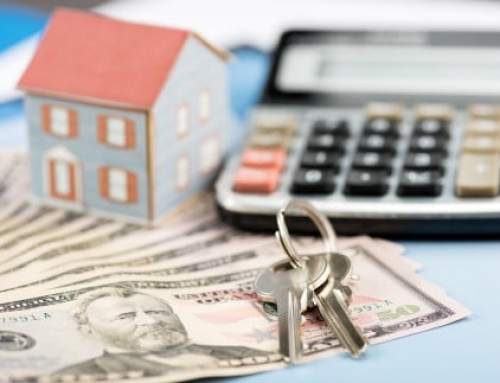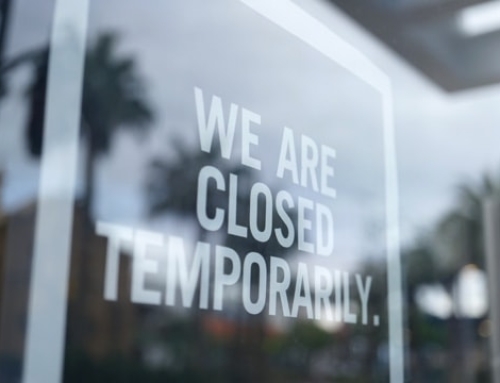On April 9, the Congressional Budget Office released budget and economic projections for the upcoming decade, 2018-2028. Today’s post will take a closer look at the report.
OVERVIEW
The CBO estimates that federal budget deficits will grow substantially over the next few years. Starting in 2023, the deficits are projected to stabilize in relation to the size of the economy.
As we can see from the chart below, the debt held by the public approaches 100 percent of GDP by 2028. It’s worth noting that the debt as a percentage of GDP has doubled over the past 10 years.
The CBO projects positive GDP growth in 2018 and 2019 as a result of increased spending on goods and services fueled by the recent changes in fiscal policy.
Importantly, the CBO has issued this report with a caveat concerning the challenges of making accurate predictions in such an uncertain economic climate:
“… economic projections are even more uncertain than usual in this year because they incorporate estimates of the economic effects of the recent changes in fiscal policy-and those estimates are themselves uncertain. CBO aims to formulate projections that fall in the middle of the distribution of possible outcomes.”
ECONOMIC GROWTH
As shown in the chart below, real GDP is expected to exceed growth of real potential GDP through 2028. (For reference, real potential GDP measures the output the economy would produce with a high rate of use of its capital and labor resources, adjusted to remove the effects of inflation).
In CBO’s projections, real GDP grows by 3.3% in 2018 and another 2.4% in 2019. For perspective, GDP grew by 2.6% in 2017. Much of the GDP growth in the next few years is driven by increased consumer spending and business investment. In addition, federal spending also contributes a significant amount in the short term.
Economic growth will slow between 2020 and 2026 for a variety of reasons:
- Higher interest rates
- Higher inflation
- Slower growth in federal spending
- Expiration of reductions in personal income tax rates
For the last two years of the decade, CBO projects a slight uptick in economic growth.
DEFICITS
CBO estimates that the 2018 deficit will total $804 billion, $139 billion more than 2017’s deficit of $665 billion.
Moving forward, CBO projects increased deficits after 2018. In 2018, the deficit represents 4.2% of GDP. It will rise to 5.1% by 2022. The deficit remains at 5.1% between 2022-2025, before dipping slightly in the last three years of the decade. It’s worth noting, this percentage has been exceeded in only five years since 1946, four of which followed the recession of 2007-2009.
Another interesting point is that the CBO’s deficit projections have changed significantly since its last estimate in June of 2017:
- The 2018 deficit is now $242 billion higher that was originally projected in June of last year. Much of the difference is driven by a $194 billion reduction in projected revenues as a result of the recent tax cuts.
- For the period 2018-2027, CBO now projects a cumulative deficit that is $1.6 trillion higher than the $10.1 trillion estimate from June, 2017.
PUBLIC HELD DEBT
As a result of accumulating deficits, CBO projects public-held debt will rise from 78% of GDP ($16 trillion) in 2018 to 96% of GDP ($29 trillion) by 2028. As detailed in the chart below, this percentage would be the largest since 1946, and more than twice the average over the past five decades.
With regard to the rising debt, the CBO’s report includes a warning of several serious consequences for the budget and nation:
- Federal spending on interest payments on that debt would increase substantially, especially because interest rates are projected to rise in coming years.
- Because federal borrowing reduces total savings in the economy over time, the nation’s capital stock would be smaller, resulting in lower productivity and wages.
- Lawmakers would have less flexibility to use tax and spending policies to respond to unexpected challenges.
- The likelihood of a fiscal crisis would increase, as investors would be unwilling to finance the government’s borrowing unless they were compensated with very high interest rates.
You can review the full CBO report HERE.
Error: Contact form not found.









